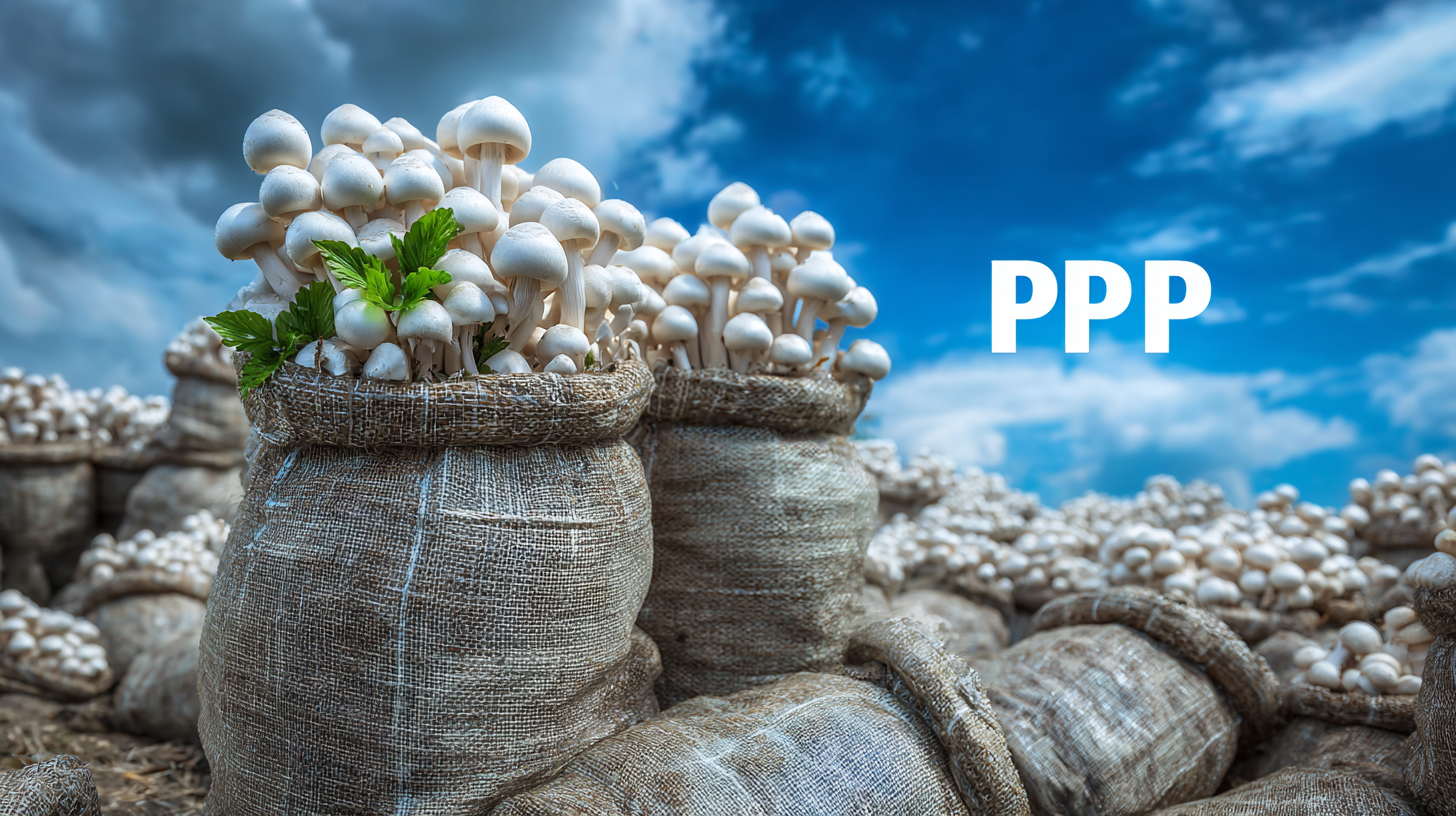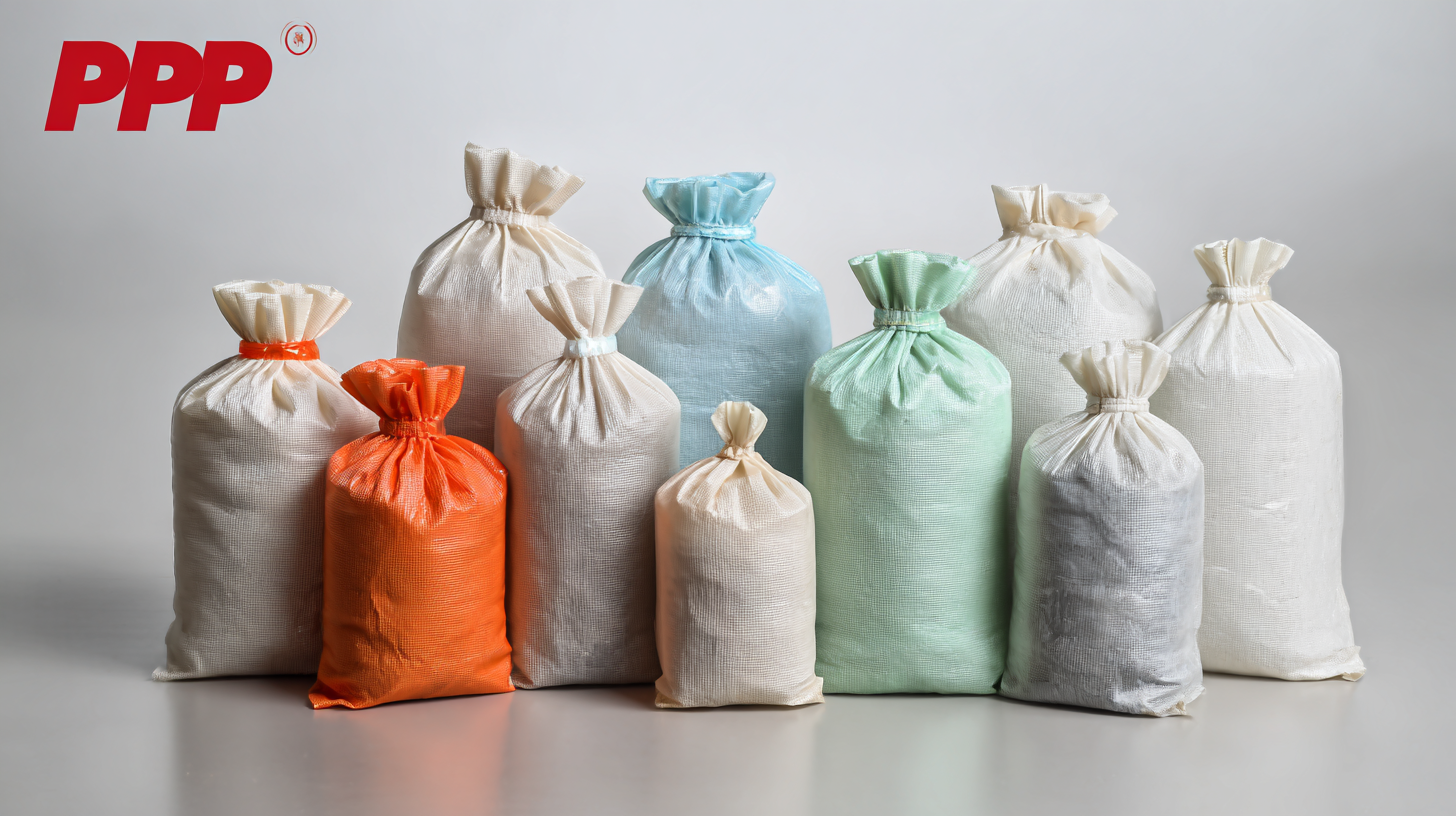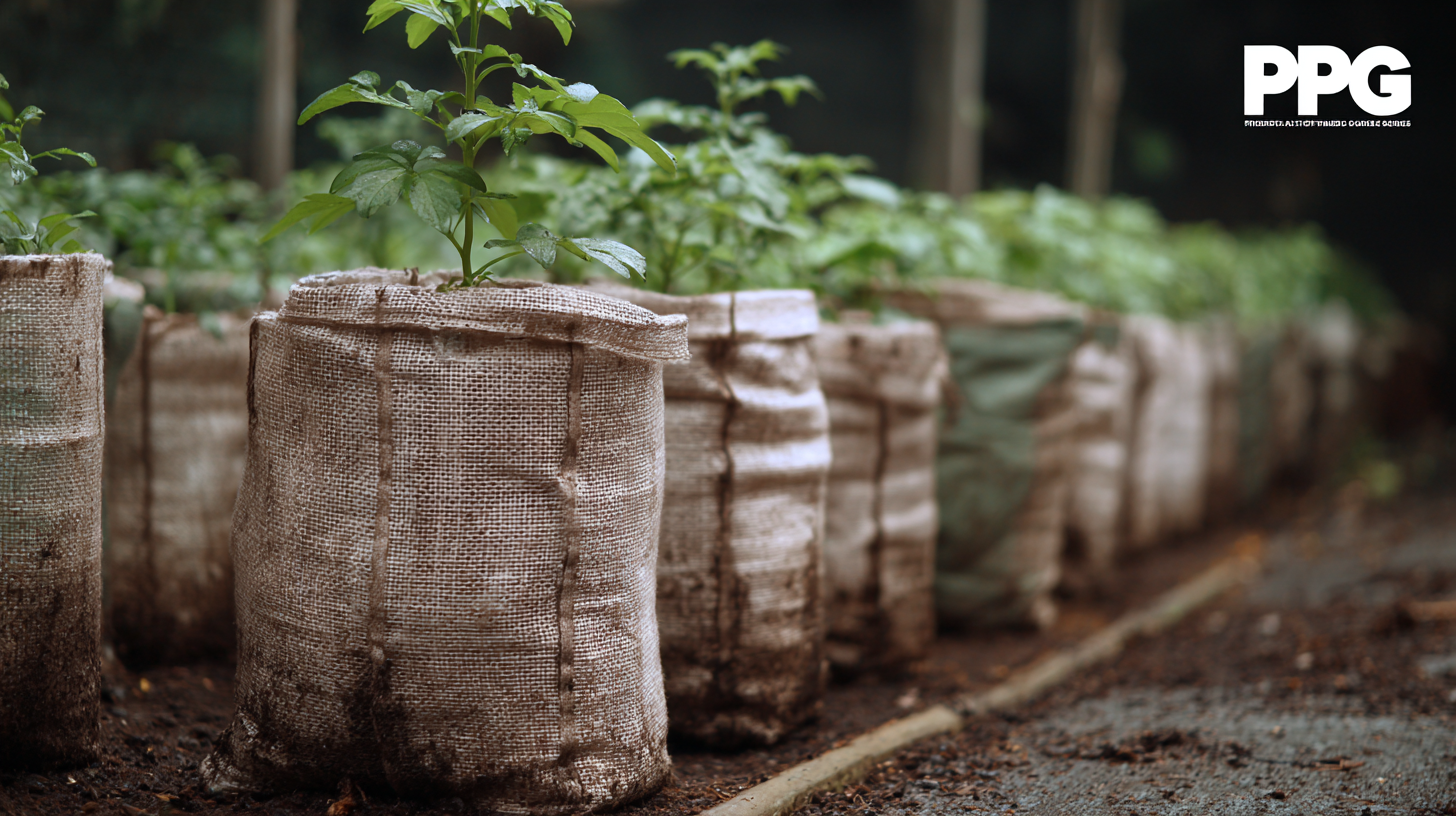

In the rapidly evolving world of mushroom cultivation, the importance of choosing the right materials cannot be overstated. Among these materials, PP Mushroom Grow Bags have gained significant traction due to their versatility and effectiveness. According to a report by the Global Mushroom Market Outlook, the demand for high-quality grow bags has surged, reflecting a 15% annual growth rate in mushroom farming across various regions. This trend highlights not only the profitability of mushroom production but also the critical role that suitable growing conditions play in ensuring optimal yields. As global buyers seek the best PP Mushroom Grow Bags, understanding the industry standards and comparing various options becomes essential in maximizing productivity and ensuring sustainable practices.

The following sections will delve into the key factors that influence the choice of grow bags, providing insights into how the right selection can enhance mushroom farming operations worldwide.
 In the realm of mushroom cultivation, adherence to industry standards is paramount for ensuring quality and consistency in production. The use of best practices in selecting PP mushroom grow bags directly influences the health of the mycelium and the overall yield of the crop. High-quality grow bags, which meet established industry norms, facilitate optimal air exchange and moisture retention, both crucial for healthy fungal growth. Understanding these standards enables growers worldwide to make informed purchasing decisions that enhance their operations.
In the realm of mushroom cultivation, adherence to industry standards is paramount for ensuring quality and consistency in production. The use of best practices in selecting PP mushroom grow bags directly influences the health of the mycelium and the overall yield of the crop. High-quality grow bags, which meet established industry norms, facilitate optimal air exchange and moisture retention, both crucial for healthy fungal growth. Understanding these standards enables growers worldwide to make informed purchasing decisions that enhance their operations.
Moreover, complying with industry standards fosters trust and credibility among global buyers. As the market for specialty mushrooms expands, the need for reliable and safe cultivation methods becomes increasingly important. Buyers are inclined to work with suppliers who demonstrate adherence to recognized standards, ensuring that the products meet safety regulations and performance expectations. By prioritizing quality and standardization in mushroom cultivation, producers not only improve their marketability but also contribute to the sustainability and advancement of the industry on a global scale.
When selecting high-quality PP mushroom grow bags, there are several key features that global buyers should consider. Firstly, the material itself plays a crucial role in the bags' efficiency. Polypropylene (PP) is favored for its durability and resistance to tearing. A good grow bag should have a thickness that not only provides strength but also allows for optimal gas exchange, promoting healthier mushroom growth. The right balance between thickness and permeability can significantly impact the cultivation process.
Another important characteristic to look for is the bag’s size and design. Different mushroom species require varying space to grow, so the availability of multiple sizes is essential. Additionally, bags that come with pre-punched holes for air circulation can help streamline the cultivation process, reducing the risk of contamination. Moreover, ensure that the bags are sterilizable, as this feature is vital for maintaining hygiene during preparation. By focusing on these aspects, buyers can significantly enhance their mushroom farming ventures and ensure a successful yield.
Navigating the world of mushroom cultivation requires a solid understanding of import and export certifications, especially for global buyers looking to source the best PP mushroom grow bags. These certifications play a critical role in ensuring that products meet the required safety and quality standards in various markets. For buyers, having the right certifications not only facilitates smoother trade but also guarantees that the products they purchase are compliant with local regulations.
When selecting PP mushroom grow bags, buyers must be aware of the certifications pertinent to their target markets. Common certifications include ISO standards, which focus on quality management, and specific agricultural standards that may differ by region. For example, European buyers might prioritize CE marking, indicating conformity with European health and safety standards. Understanding these requirements helps exporters tailor their products to meet specific demands while avoiding delays in customs and potential fines. Therefore, knowing the ins and outs of import and export certifications is essential for navigating the global mushroom supply chain effectively.
When it comes to sourcing PP mushroom grow bags, a significant consideration for global buyers is balancing quality and cost. According to the latest market research by MarketWatch, the global mushroom cultivation market is expected to grow by over 12% annually until 2027. This growth has prompted suppliers to enhance their product offerings, yet buyers must discern between high-quality materials and more affordable, subpar options.
One essential tip for buyers is to evaluate the material thickness of the mushroom grow bags. Reports indicate that bags with a thickness of at least 0.045 mm show a marked increase in durability and resistance to punctures, which ultimately reduces product loss during the growing cycle. Additionally, consider the manufacturer’s certifications, as these often reflect adherence to industry standards and product reliability, crucial for maintaining yield expectations.
Another critical factor is the cost-efficiency of bulk purchasing. Data from the International Journal of Food Science & Technology has shown that purchasing in larger volumes can reduce costs significantly—by as much as 20-30%. Therefore, negotiating with suppliers for better rates on bulk orders can enhance your overall profitability while ensuring you maintain high-quality standards.

When it comes to selecting the right polypropylene (PP) mushroom grow bags, understanding the specific requirements for different mushroom species is paramount. According to the Global Mushroom Market Report 2022, the demand for edible mushrooms is projected to reach $72 billion by 2028, which consequently drives the need for effective cultivation methods. For instance, when growing gourmet varieties like shiitake or oyster mushrooms, the choice of grow bag can significantly influence yield. Research indicates that bags with a larger micron filtration can enhance oxygen transfer, aiding in superior spawn colonization.
Additionally, it’s crucial to consider the physical properties of the grow bags. A study published in the Journal of Applied Mycology emphasized that manufacturing grow bags with a thickness of 2-3 mils provides optimal durability and steam resistance during sterilization processes. Different substrate types also dictate the bag's design; for example, bags intended for hybrid strains prefer larger pores to facilitate proper drainage and airflow. Selecting the right grow bag not only fosters a healthier mushroom ecosystem but also aligns with global sustainable practices, which are increasingly important in today’s agricultural industry.
| Mushroom Type | Recommended Bag Size (Liters) | Material Thickness (Microns) | Temperature Resistance (°C) | Ventilation Type | Average Cost (USD) |
|---|---|---|---|---|---|
| Oyster Mushroom | 5 | 80 | 60 | Micro-perforated | 0.50 |
| Shiitake Mushroom | 10 | 100 | 55 | Standard | 0.75 |
| Lion's Mane Mushroom | 5 | 90 | 65 | Breathable | 0.60 |
| Portobello Mushroom | 20 | 120 | 50 | Standard | 1.00 |